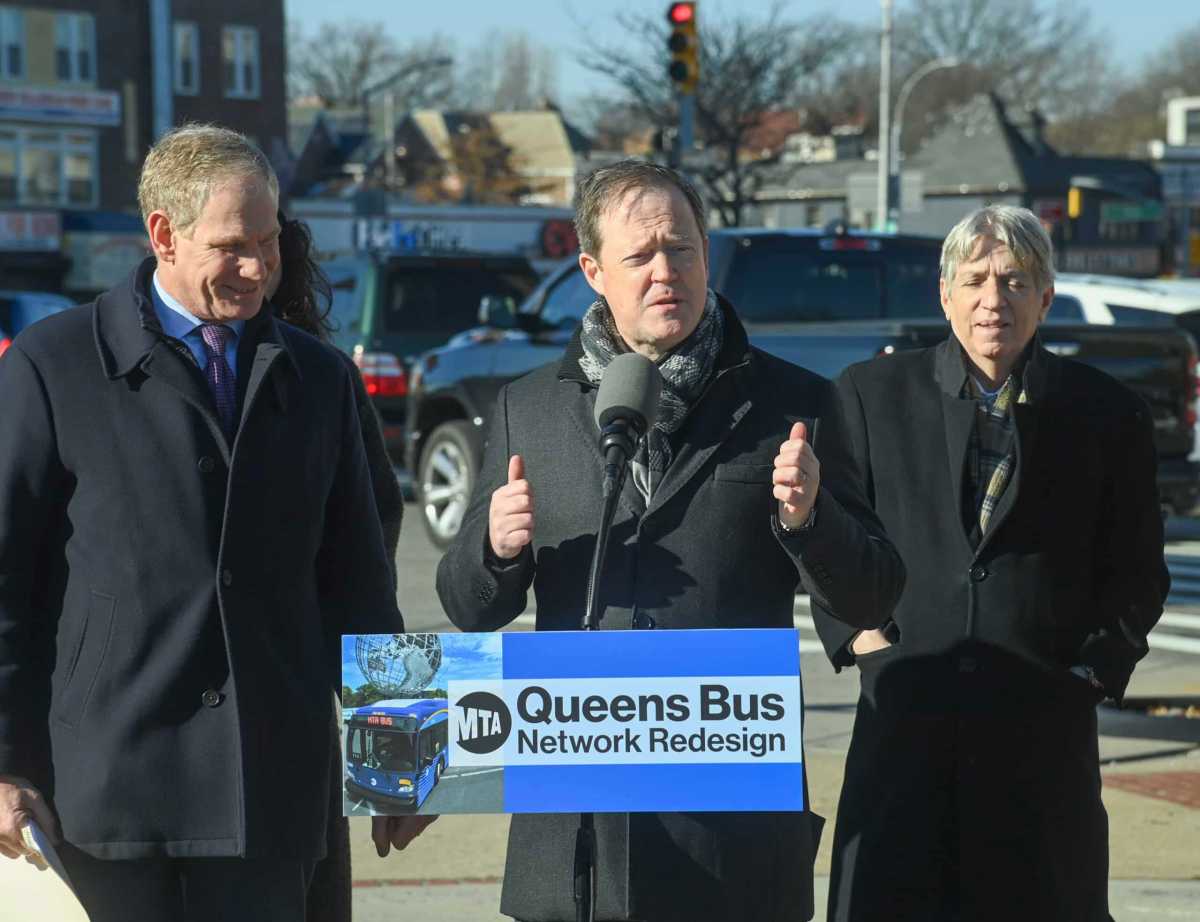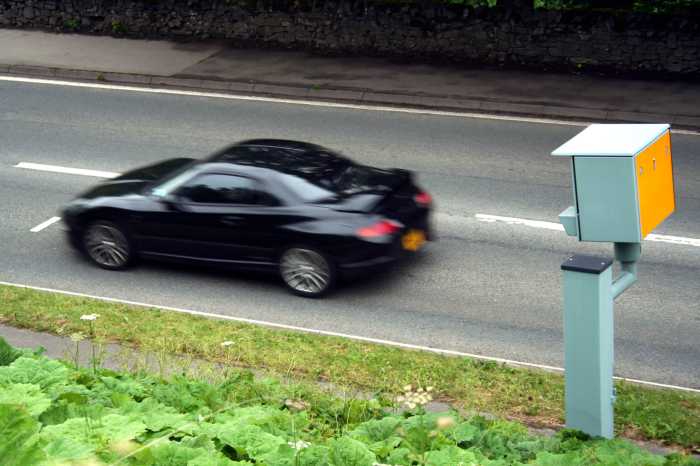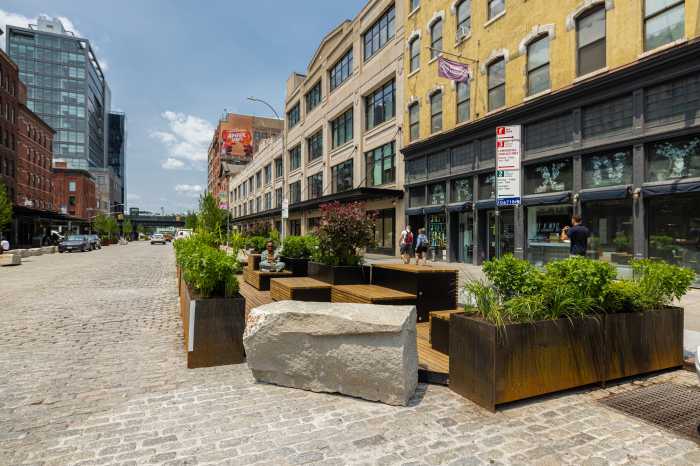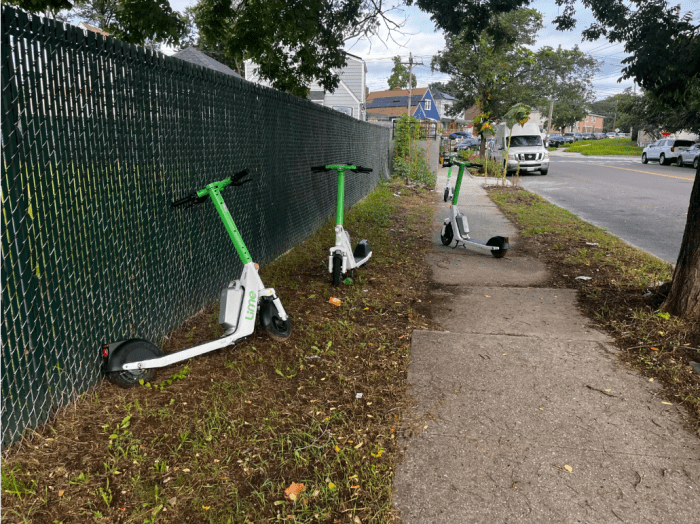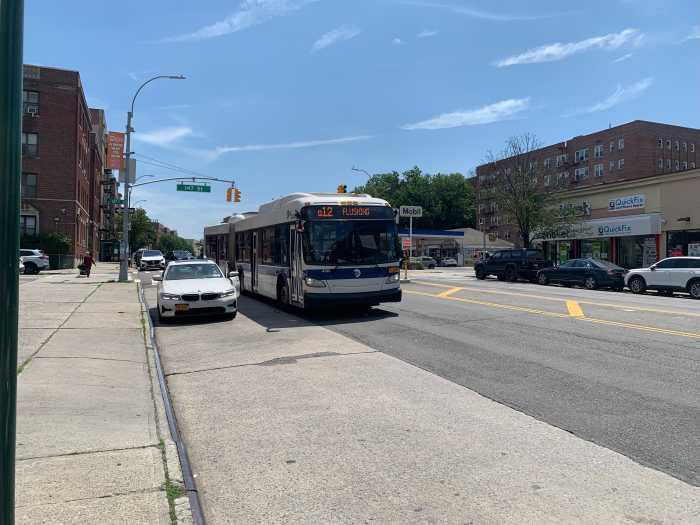The end of the year is a time for reflection, and I can’t help but be proud looking back on what the NYC Transit team accomplished over the last 12 months in service of our ‘Faster, Cleaner, Safer’ goals – starting with most recent success, unveiling of the Proposed Final Plan for the Queens Bus Network Redesign.
This was our most important overhaul yet. With 800,000 riders on an average weekday, the Queens bus network is by far the largest in the City; it serves more people daily than Los Angeles’ entire bus system. The latest version of the plan invests $30 million to create more frequent and direct service with 121 total routes, including four new routes, eight new 24-hour overnight routes, and 27 “Rush” routes, which have both local and non-stop portions. Customers will be able to again provide extensive feedback, as they have during this entire process, in the next round of public outreach.
In the meantime, we’ll continue with all the other work we’ve been doing to speed buses citywide.
Last week, I was out writing tickets with the NYPD in Manhattan to cars and trucks that were illegally parked in our bus lanes. In just the first hours, we issued at least a dozen tickets in a two-block stretch of bus lane. I heard all kinds of sob stories about why people wanted to block buses for their personal reasons, but we won’t stand for selfish drivers causing unnecessary congestion.
Last month, I wrote about efforts to automate this process with cameras installed on the buses themselves. These devices are now operational on 21 routes and 623 buses.
Our commitment to faster subway service is equally strong. I’ve talked a lot this year about the increases made possible by Governor Kathy Hochul’s 2023 state budget and the improvement we’ve seen on weekends since appointing Jose LaSalle as Weekend Service Czar.
All told, subway on-time performance is 83% — the best it’s been in a decade — after we ramped up hiring, scaled up predictive maintenance, and increased speed limits in close consultation with crews and safety analysts.
But the most visible changes have come in stations themselves, which have benefited from new cleaning protocols. Sixty were refurbished this year as part of the Station Re-NEW-vation program that we launched back in March. We have plans to restore and refresh another 50 next year.
Bathrooms also reopened in 55 stations this year, ahead of schedule, restoring an amenity riders had been lacking since the pandemic.
I’m especially proud of how we’ve enhanced the overall sense of safety underground. We know from surveys that surged deployment of police officers from the NYPD and MTA Police Department, combined with a transit security guard program at 33 key stations, is bringing riders peace of mind.
So is the knowledge that more and more subway cars are being equipped with better lighting and new security cameras. More than 1,200 camera kits have been installed to date, and all the new R211 cars have them built in from the manufacturer.
There is still much more work to do — after all, I set a goal of increasing customer satisfaction to 70% by next June and we’re not slowing down. Millions of New Yorkers rely on us every day to get them to work, school and all that the City has to offer.
We’re here for you now, in the new year, and we’ll be welcoming aboard your children, their children, and generations after that.
Richard Davey is MTA New York City Transit president.



